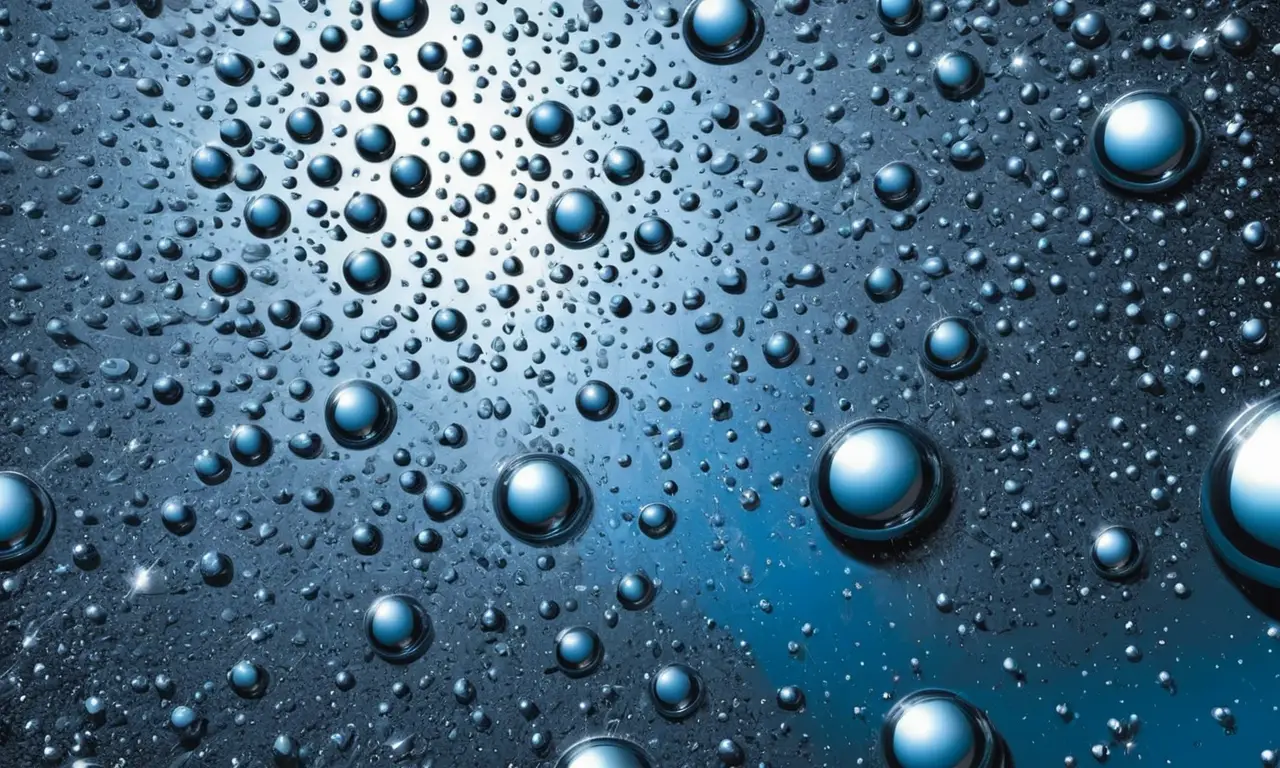
Super glue has become a staple in many households and workshops for its ability to quickly and effectively bond various materials. However, traditional super glues often require extended drying times, which can be inconvenient. Enter UV curing super glue, a revolutionary adhesive that utilizes ultraviolet light to accelerate the bonding process and create a stronger, more durable hold. This article delves into the world of UV curing super glue, exploring its properties, advantages, application methods, and diverse uses.
This comprehensive guide will walk you through the fundamentals of UV curing super glue, explaining how it works, the benefits it offers over traditional adhesives, and the factors to consider when selecting the right UV light source for optimal results. We’ll also explore various applications where UV curing super glue shines, showcasing its versatility in diverse scenarios.
What is UV Curing Super Glue?
UV curing super glue, also known as photopolymer adhesive, is a specialized type of cyanoacrylate-based adhesive that utilizes ultraviolet (UV) light to initiate and accelerate the curing process. Unlike conventional super glues that rely on air drying, UV curing super glue undergoes a chemical transformation when exposed to UV radiation. This transformation solidifies the adhesive, creating a strong and durable bond between surfaces.
The key ingredient in UV curing super glue is a photoinitiator, a compound that absorbs UV light and triggers a chain reaction within the adhesive molecules. This reaction causes the molecules to cross-link, forming a rigid and stable network that binds the surfaces together. The result is a rapid and efficient bonding process with exceptional strength and durability.
Benefits of UV Curable Super Glue

UV curing super glue offers several distinct advantages over traditional air-drying super glues:
- Faster Bonding: UV light significantly accelerates the curing process, allowing for instant or near-instantaneous bonding compared to hours or days required by conventional adhesives. This rapid curing time saves valuable time and increases productivity in various applications.
Stronger Bond: The chemical reaction initiated by UV light creates a more robust and durable bond than air-drying super glues. This enhanced strength makes UV curing super glue ideal for demanding applications where high durability is essential.
Reduced Shrinkage: UV curing super glue exhibits minimal shrinkage during the curing process, minimizing stress on bonded surfaces and reducing the risk of gaps or cracks.
- Improved Clarity: Many UV curing super glues are formulated to be crystal clear, resulting in a virtually invisible bond that preserves the aesthetics of the joined materials.
How Does UV Curing Work?
The UV curing process involves several key steps:
- Application: Apply a thin layer of UV curing super glue to one or both surfaces to be bonded. Ensure even coverage for optimal adhesion.
UV Exposure: Expose the glued surfaces to a UV light source for the recommended duration. The intensity and wavelength of the UV light should be compatible with the specific adhesive being used.
Chemical Reaction: The UV radiation triggers a chemical reaction within the photoinitiator molecules present in the super glue. This initiates a chain reaction that causes the adhesive molecules to cross-link, forming a solid bond.
- Curing Completion: Once the curing process is complete, the bonded surfaces will be firmly joined and ready for use. The curing time varies depending on factors such as the thickness of the adhesive layer, the intensity of the UV light source, and the specific formulation of the super glue.
Choosing the Right UV Light Source

Selecting the appropriate UV light source is crucial for achieving optimal results with UV curing super glue. Consider the following factors:
- Wavelength: Different adhesives require specific wavelengths of UV light for effective curing. Refer to the manufacturer’s instructions for the recommended wavelength range.
- Intensity: The intensity of the UV light directly affects the curing speed. Higher intensity sources cure faster, but excessive intensity can damage some materials or cause overheating.
- Coverage Area: Choose a UV light source with a coverage area that suits your application needs. Larger areas may require multiple light sources or a wider beam width.
Applications of UV Curable Super Glue
UV curing super glue finds widespread applications across various industries and DIY projects:
- Electronics Repair: Bonding delicate electronic components, such as resistors, capacitors, and transistors.
- Jewelry Making: Securing gemstones, beads, and other embellishments to jewelry pieces.
- Automotive Repairs: Fixing minor cracks and gaps in plastic parts, dashboards, and trim.
- Medical Devices: Assembling medical instruments and devices requiring a strong and biocompatible bond.
- Model Building: Bonding miniature components and creating intricate structures in model kits.
Conclusion
UV curing super glue offers a faster, stronger, and more versatile bonding solution compared to traditional air-drying adhesives. Its rapid curing time, enhanced strength, and minimal shrinkage make it ideal for a wide range of applications, from electronics repair to jewelry making and beyond. By understanding the principles of UV curing and selecting the appropriate light source, you can harness the power of this innovative adhesive to achieve exceptional bonding results in your projects.
